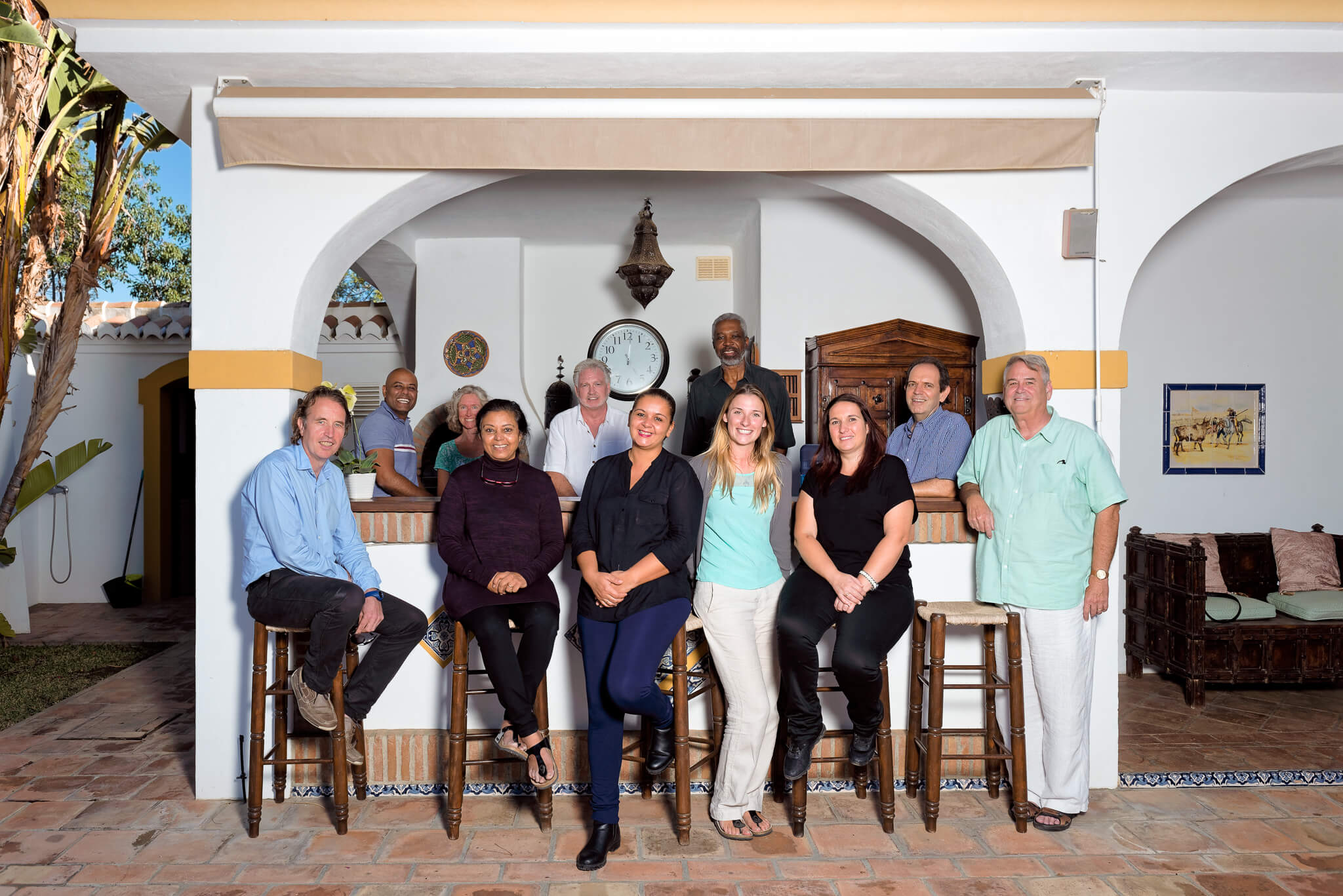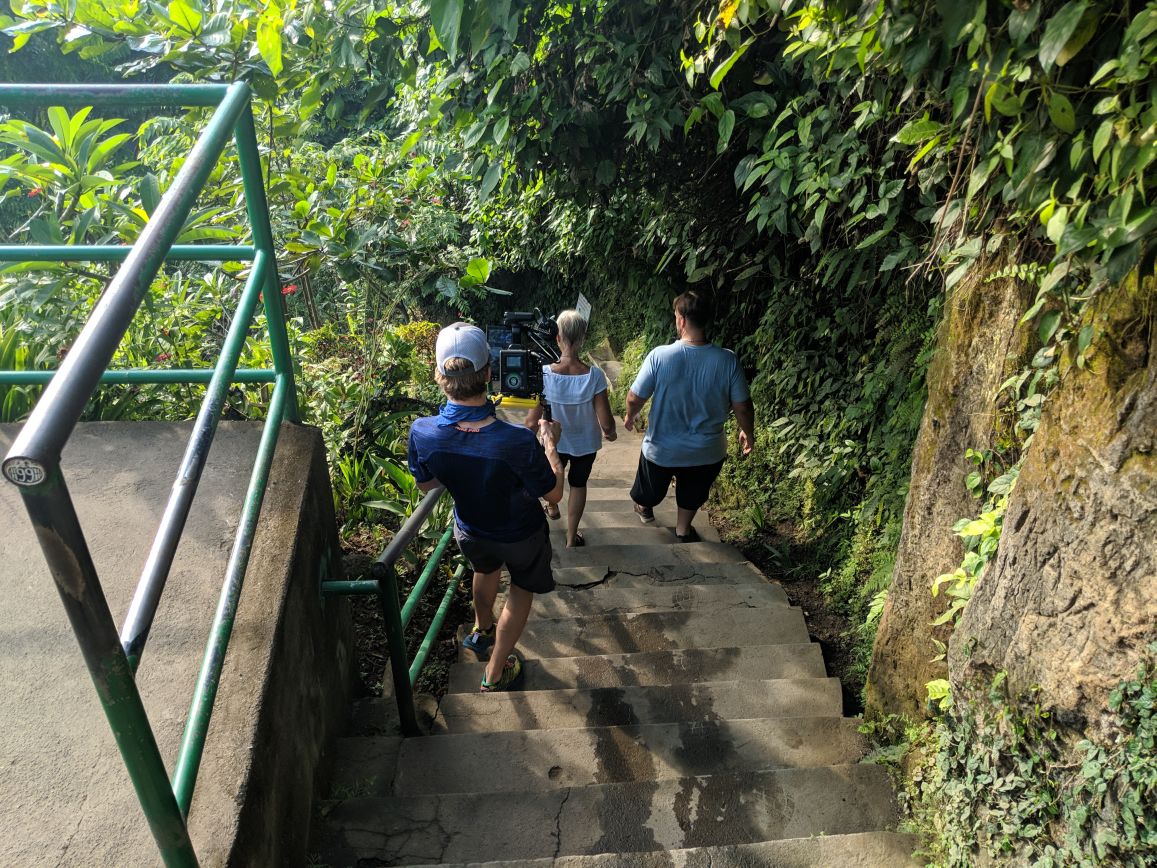Professional athletes battle with keeping up with the competition, and performance-enhancing drugs are one such way to do so.
But what about when athletes begin abusing drugs or other destructive behavioral patterns outside of the workplace? When depression and isolation overcome an athlete off the field?
Addiction in sport is quite common. And due to the nature of the work, it can be difficult for athletes to both accept and receive the help they need without it destroying their career. Yet, if you carry on without getting help, you put everything at risk—your career, your health, and even your life.
Michael Phelps lost his sponsorship deal with Kellogg’s1 when he was pictured smoking cannabis. Montee Ball’s NFL career was short-lived due to struggles with alcohol and depression.2 Chris Herren’s professional basketball career ended due to addiction;3 paramedics revived him several years later from a heroin overdose.
If you’re a professional athlete, here’s how you can attend rehab and get help without landing in the headlines.
1. Leave the Country
Some countries thrive on celebrity culture.
Their people soak in celebrity problems like they’re their own. But there are countries where celebrities can walk down the street without hassle (and attend rehab without landing in the tabloids).
Switzerland is renowned for its security, privacy and non-sensationalism. The country has some of the most exclusive rehab centers in the world. They prioritize your privacy and ensure that the tabloids can’t get to you.
Many centers here offer individual therapy and bespoke treatments so that you can get the help you need without fear of getting caught by reporters.
To find out more about rehab in Switzerland, watch our video series on Swiss rehab centers.
2. Get Exclusive Treatment, Tailored to You
If you’re a celebrity athlete struggling with addiction and you want to get help in privacy, consider avoiding group therapy sessions. While other people in therapy might not tell your story to the news, they may sell it at another point in the future.
Keeping out of the tabloids is about risk reduction. The fewer people that see you, the less likely your story will leak.
Attending private individual treatment that is personalized to you is one way to do that. Some centers, such as Tikvah Lake Recovery in Florida or The Dawn Rehab in Chiang Mai, help you stay off the grid.
3. Get the Tabloids to Sign a Super-Injunction
Before you go to rehab, you can take steps with the media to legally inform them that they can’t report on particular issues for the sake of selling a story.
In the U.K., a super-injunction4 is an effective way of minimizing reported stories about your rehab. However, it uses the term “reported stories” because it’s becoming difficult to avoid stories leaking on social sites like Twitter.
Ryan Giggs’ case is a famous example. He sought an injunction to protect his identity over an alleged affair with a reality TV contestant, as well as a super-injunction to protect himself against an affair he had with his brother’s wife for eight years.
While these stories were eventually leaked and brought to light by media sources, a super-injunction can be an effective way of reducing your risk of making the headlines, especially if your story is personal to you and uncontroversial.
4. Tell Your Team You’re on Holiday or Hiatus
In most cases, tabloid news stories are leaked from the inside. It’s not unusual for a member of your team to sell your story to make a quick buck. And while we encourage you to only work with trusted people, that isn’t always the case.
To minimize your risk of getting “caught in rehab,” avoid telling people. It might seem like simple advice, but money buys secrets, and the media has a lot of money.
Your team only needs to know that you’re away on holiday or hiatus; they don’t need to know more details.
5. Be the First to Share About It
This is definitely counterintuitive and not for everyone. If you don’t want to be in the headlines for a drug or alcohol problem or other mental health issues, submitting an honest, transparent statement to media sources or posting an update on your social media accounts is the last thing you would choose to do.
However, this approach may work really well. You may desire, for instance, “to be the change you want to see in the world” and show that it’s okay to seek out treatment for addiction and mental health issues. That it’s actually the best thing you can do and a sign of strength not weakness. You may feel that being straightforward and honest about your situation will actually help mitigate speculation and gossip, especially if you’re concerned about it leaking anyway. Although all were in blackmail situations, consider Alexander Hamilton with the Reynolds Pamphlet, Jeff Bezos’s Medium article,5 and John Skipper’s resignation statement.6 If you do choose this route, be prepared for potential consequences.
Be Sure to Seek the Help You Need
With all this said, the most important factor about attending rehab is to get the right help for you.
Many locations across the globe have unique and tailored solutions that will work for some athletes but not for others.
Be sure to do your homework on the rehab center you’re interested in and choose one based on the treatment available and the expert clinicians who work there. These clinicians, after all, are the ones who will help you get sober and stay sober.
To get the specialized treatment you may need, explore our collection of rehabs across the globe to learn about pricing, their treatment approach, clinical team, and more.
Frequently Asked Questions About Rehab Privacy for Athletes
Where can athletes with drug addiction get help?
Help is available for athletes struggling with addiction:
• Your primary care physician may refer you to treatment.
• A specialized mental health professional can guide your recovery.
• Find an addiction treatment program specifically for athletes. Some have unique therapies like HBOT.
• Join a 12-Step or non-12-Step support group in addition to a treatment program.
Can athletes go to rehab without anyone knowing?
It’s possible. Single-client rehabs offer completely private treatment. Going abroad is another option. Countries like Switzerland have strict privacy laws and some of the world’s most exclusive rehabs.
How can athletes attend rehab in private?
You can attend rehab abroad, or get personalized treatment at a private rehab that offers individualized care, private rooms, and doesn’t require group therapy.





